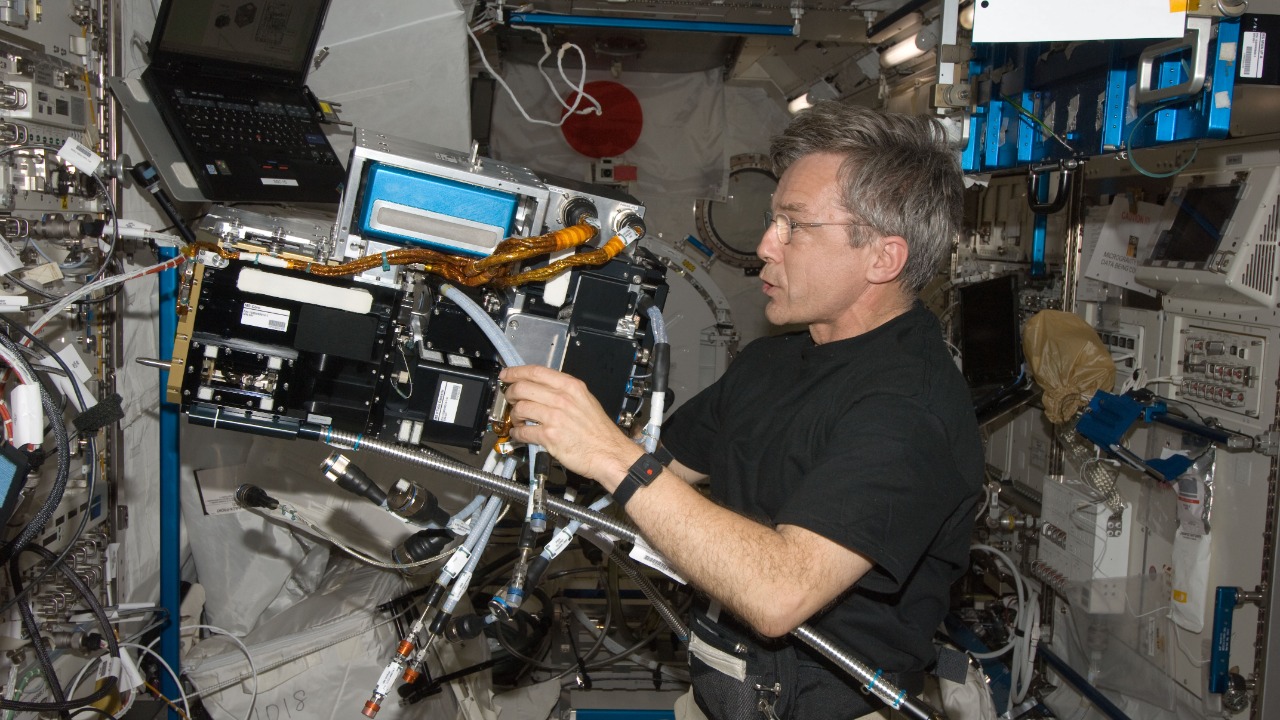
Physics-informed artificial intelligence (AI) is revolutionizing the large-scale discovery of new materials. By incorporating physical principles directly into neural network architectures, these AI systems can make predictions that align with real-world laws, without relying solely on data-driven approximations. This innovative approach has been shown to outperform traditional machine learning methods in efficiency and accuracy for material property prediction, according to recent research.
Foundations of Physics-Informed Neural Networks

The core concept of physics-informed neural networks (PINNs) lies in their ability to incorporate governing equations from physics, such as partial differential equations, into the loss function during training. This ensures that the model outputs respect fundamental laws, rather than just fitting to data. This approach has been detailed in a comprehensive guide for practitioners on Towards Data Science.
The development of PINNs has seen significant progress since the early integrations of physical constraints in the 2010s. These advancements have led to more sophisticated hybrid models that are well-suited for applications in materials science. For instance, some PINN architectures are tailored for materials, solving inverse problems in crystal structure prediction by balancing data fitting with physical consistency.
AI’s Traditional Role in Materials Science

Conventional machine learning has played a significant role in materials discovery, primarily through data-intensive methods like high-throughput screening. These methods generate vast datasets but often overlook underlying physical mechanisms. However, these data-only AI approaches have limitations, such as poor generalization to unseen material compositions or scales, leading to inaccurate predictions in large-scale simulations, as noted in a Nature Communications article.
Traditional efforts typically handle datasets in the millions but struggle with computational costs for billion-parameter explorations. The scale of these efforts underscores the need for more efficient and accurate methods, such as physics-informed AI.
Advantages of Physics-Informed AI for Scalability

Physics-informed AI reduces the need for massive training datasets by leveraging prior knowledge of physical laws. This allows for efficient exploration of vast chemical spaces in materials design, as reported by Phys.org. This approach has demonstrated faster convergence rates and lower error margins in predicting properties like thermal conductivity or elasticity in hypothetical alloys.
Real-world scalability examples include applications to high-entropy alloys, where the method screens thousands of candidates in hours rather than weeks. This level of efficiency could significantly accelerate the pace of materials discovery and development.
Case Studies in New Material Discovery

Physics-informed AI has been used in several case studies to discover new materials. For instance, these models have been used to predict band gaps in novel semiconductors while enforcing quantum mechanical constraints. This approach has resulted in validated candidates for photovoltaic applications.
In another example from battery materials research, AI integrated thermodynamic principles to identify stable electrolytes, accelerating the process from simulation to lab synthesis. These case studies demonstrate the potential of physics-informed AI in various areas of materials science.
Integration Challenges and Solutions

Despite its advantages, implementing physics-informed AI presents several challenges. One such challenge is the added complexity of solving embedded partial differential equations during training. However, solutions such as surrogate modeling can help speed up iterations, as discussed in the Towards Data Science guide.
Data integration issues also arise, particularly when handling noisy experimental data alongside theoretical physics inputs. Techniques like adaptive weighting in the loss function can help address these issues. Furthermore, interdisciplinary collaboration between physicists and data scientists is crucial to refine model constraints for specific material classes.
Future Directions in Physics-Informed Discovery

Looking ahead, advancements in hybrid AI frameworks that combine PINNs with generative models could lead to de novo material invention. These advancements could potentially target sustainability challenges like carbon capture. Additionally, emerging applications in multi-scale modeling, from atomic to macroscopic levels, could enable end-to-end discovery pipelines for industries like aerospace.
There are also ethical and accessibility aspects to consider. For instance, open-sourcing PINN toolkits could democratize large-scale materials research beyond elite institutions. As physics-informed AI continues to evolve, it holds great promise for the future of materials discovery.